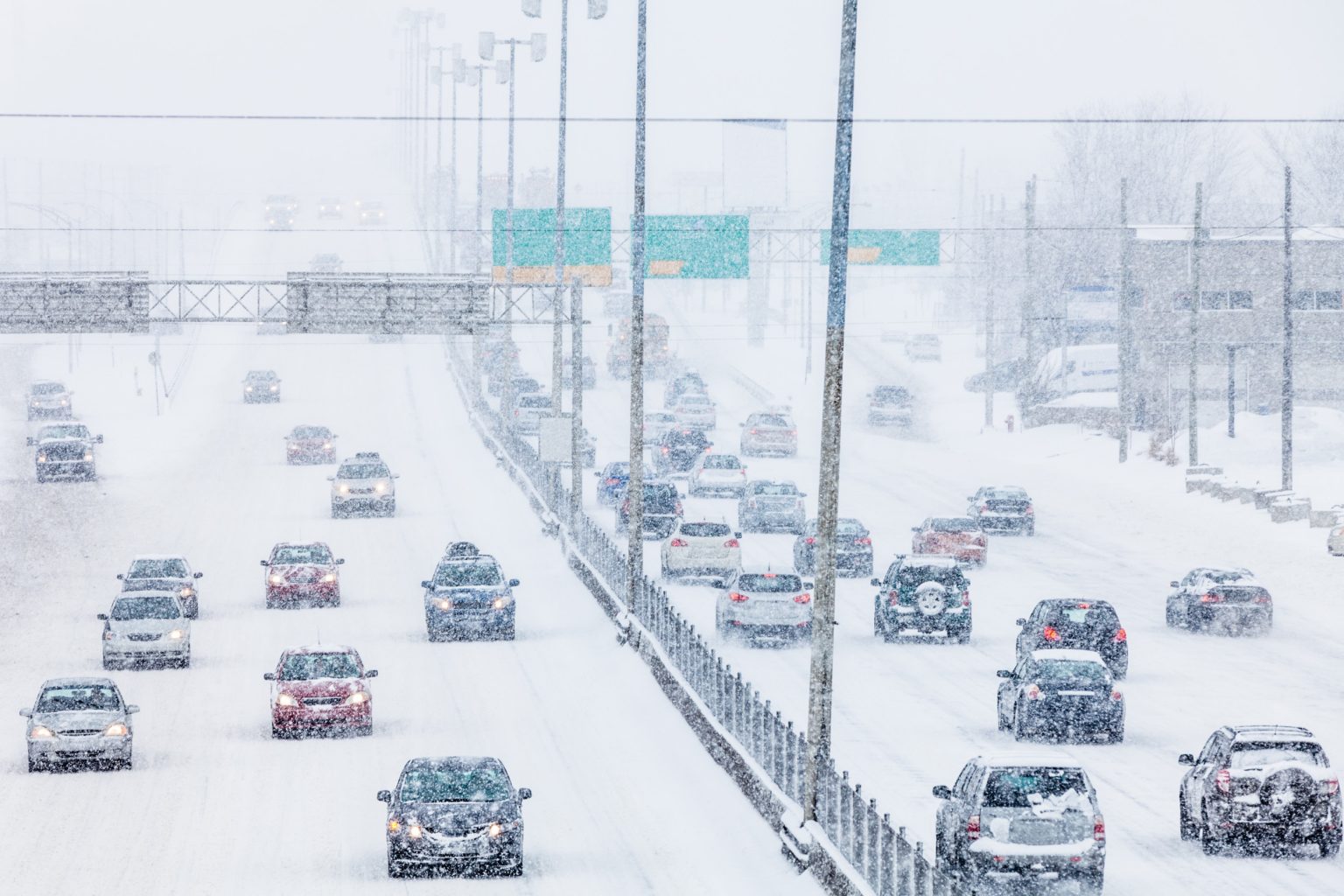The National Weather Service (NWS) has issued warnings for significant winter weather impacts across New Mexico and North Dakota, urging residents to prepare for frigid temperatures, high winds, and potential snowfall. These arctic blasts pose serious risks to health and safety, especially for vulnerable populations like the homeless, with dangers including hypothermia and frostbite. The severity of these conditions necessitates proactive measures to ensure personal safety and mitigate potential damage.
In New Mexico, a two-pronged arctic front is forecast to descend upon the state, starting late Friday and extending into early next week. The initial surge will bring sub-freezing temperatures and dangerous wind chills, particularly in the eastern and northeastern regions. A second wave of frigid air is expected to arrive on Monday, prolonging the hazardous conditions. Accompanying light snow will further complicate travel, reducing visibility and creating slick road surfaces. Residents are urged to take precautions for themselves, as well as their plants, pipes, and pets, in preparation for this extended period of extreme cold.
North Dakota is facing a dual threat of high winds and snow. The western and central portions of the state are under a high wind advisory, with gusts anticipated to reach up to 50 miles per hour. Though the probability of snow is low in these areas, any accumulation combined with strong winds could significantly reduce visibility. The northeastern and southeastern parts of North Dakota are under a winter weather advisory, bracing for snow showers and even stronger winds, potentially gusting up to 55 miles per hour. These conditions are expected to create hazardous travel, especially during the morning and evening commutes, and could lead to damage to trees and power lines.
While arctic intrusions during this time of year are not unusual, the intensity and duration of this particular event are noteworthy. Meteorologists warn that this could be part of a broader trend towards a colder-than-average January, potentially the coldest since 2011. This extended period of frigid temperatures underscores the importance of preparedness and vigilance, as prolonged exposure to such conditions can have severe consequences.
The immediate concern is the potential impact on human health and safety. Prolonged exposure to sub-freezing temperatures and wind chills can lead to hypothermia and frostbite, particularly for those without adequate shelter or warm clothing. The combination of snow and high winds can also create hazardous driving conditions, increasing the risk of accidents. The potential for power outages due to downed power lines adds another layer of concern, as loss of heating can exacerbate the dangers posed by the extreme cold.
Beyond the immediate impacts, these harsh winter conditions can also disrupt daily life, affecting transportation, businesses, and essential services. School closures, flight cancellations, and road closures are common occurrences during severe winter weather events. Businesses may be forced to close temporarily, impacting the economy and potentially leading to job losses. The strain on essential services, such as healthcare and emergency response, can also be significant during these times. Therefore, proactive planning and community preparedness are crucial for mitigating the broader consequences of these events.
The combination of extreme cold, high winds, and potential snowfall creates a potentially dangerous situation for residents in both New Mexico and North Dakota. The extended duration of these conditions, coupled with the possibility of a colder-than-average January, emphasizes the need for proactive measures to ensure safety and minimize disruption. Staying informed about the latest weather updates, preparing homes and vehicles for winter conditions, and checking on vulnerable neighbors are essential steps to navigate these challenging weather events.
While these weather events are expected to improve by next week, the long-term forecast remains unclear. The possibility of additional cold weather and extreme weather events throughout the winter underscores the importance of remaining vigilant and prepared. Consulting local and regional forecasts regularly is crucial for staying updated on changing weather conditions. This proactive approach allows for timely adjustments to plans and precautions, ensuring the safety and well-being of individuals and communities.
Furthermore, these events highlight the broader context of climate change and its potential influence on weather patterns. While individual weather events cannot be directly attributed to climate change, the increasing frequency and intensity of extreme weather phenomena globally raise concerns about the long-term implications. Understanding and addressing the underlying factors contributing to these changes is crucial for mitigating the risks and building more resilient communities.
In addition to individual preparedness, community-level responses are essential for effectively managing the impacts of extreme winter weather. This includes coordinating resources for emergency shelters, ensuring access to essential services, and facilitating communication between residents and authorities. Strong community networks and well-defined emergency plans can play a critical role in minimizing the disruption and ensuring the safety of everyone during these challenging times.
Finally, these events serve as a reminder of the importance of investing in infrastructure that can withstand the increasing demands of a changing climate. This includes strengthening power grids, improving transportation systems, and developing more resilient building codes. By investing in these critical areas, communities can better protect themselves from the impacts of extreme weather and ensure long-term sustainability.

